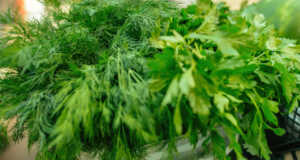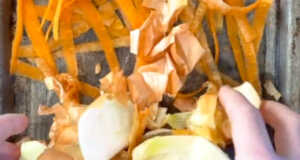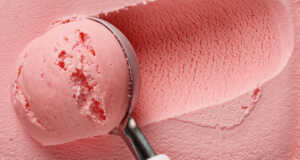Although we may wear many different pieces of clothing during the week, there is likely to be at least one (if not many more) pair of blue jeans in our wardrobe. They just seem to work with almost any outfit, but that doesn’t mean that we all know how to care for them properly. After checking for any special care instructions on the tag for washing and drying, you can use the following steps to clean any type of denim.
https://www.instagram.com/p/CHpUF_YJ5qq/
1. Be gentle – Although we might appreciate the toughness of denim, that doesn’t mean you should simply press the heavy-duty button and walk away. A gentle or delicate cycle with cold water is best to avoid fading and shrinkage. Using a mild detergent is also important, especially one that is made for dark clothes if you are washing blue or black jeans.
2. Wash Alone and inside out – In order to protect the fibers from harsh detergent, turn the jeans inside out. You will have less fading as a result. Jeans can also bleed dye, especially if they are new. Carefully read the instructions to see if they should be washed separately on the first round. If you must clean them with other clothes, wash them in a similar setting.
2. Skip the dryer – Although it can be convenient to dry your jeans in the dryer, it’s much better if you hang them out on the line. Air drying your jeans helps to keep the fabric from getting damaged and stretching. If you must use a dryer, use a no heat setting and use dryer balls to keep the jeans moving. Remove them when they still have a little dampness to them and stretch the seams by hanging them up to finish drying.
4. Soaking – If you are washing lightly soiled or new jeans, a soak cycle on the washing machine is best. Mix some gentle detergent for dark fabrics in a tub full of water. Turn the jeans inside out and place them on top of the water. If you must, fold them so they fit but don’t bunch them in a ball. Allow your jeans to soak for up to 45 minutes and drain the water. Refill the tub and let them soak again for 10 minutes. Continue to repeat until the water is clear. You can do the same thing in a bathtub or kitchen sink.
How Often Jeans Should Be Washed
If your blue jeans are used for heavy-duty jobs or if you wear them in humid, warm weather frequently, you should wash them more often. Designer jeans or those worn for casual outfits can be washed less frequently. Spot the stains and allow the jeans to air dry for 24 hours before you wear them again. Check the care instructions for more specific information.
The tips above will apply to almost all types of denim but some will need additional care. If you have a new pair of jeans or if they are black or white, the tips below will help.
Black jeans – A gentle cycle with cold water should be used for black jeans. Wash them separately or with other black clothing. Turn them inside out and use an appropriate detergent.
https://www.instagram.com/p/CHswgXClfLn/
White jeans – Stains are more likely to show on white jeans so they may need additional care when washing. Wash them separately or with other white clothes using cold water. If they are soiled, you can use warm water. Set them on a gentle cycle and give them an extra rinse.
Surprisingly, it is also a good idea to avoid using bleach. They can cause the fabric to turn yellow. Fabric softener should also not be used because it can cling to the fabric. Allow the white jeans to air dry or run them in a low heat cycle.
https://www.instagram.com/p/CHsxbaZAgLM/
Avoid Shrinking or Fading
If the genes are not faded or preshrunk, then you may have bought raw denim. That type of denim can mold to the body and they develop their own fading pattern over time.
To prevent these jeans from bleeding or shrinking, wash them in cold water and rinse them separately. You can also machine wash new jeans but don’t wring them out. Fold or roll them and then squeeze out the leftover water. Hang them to dry once they are damp.












